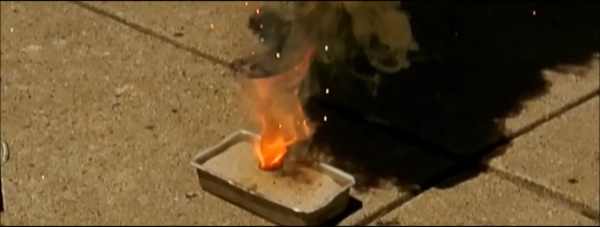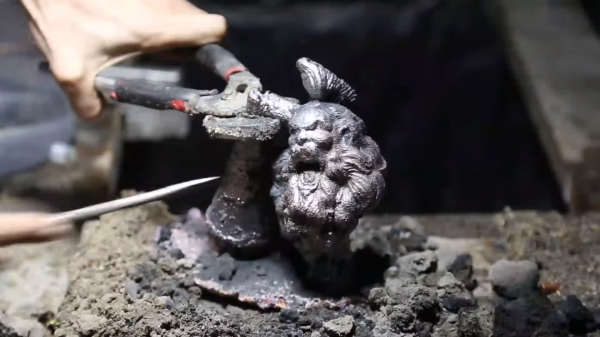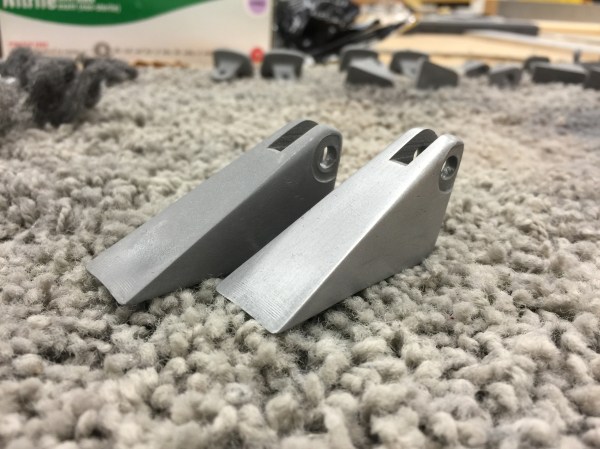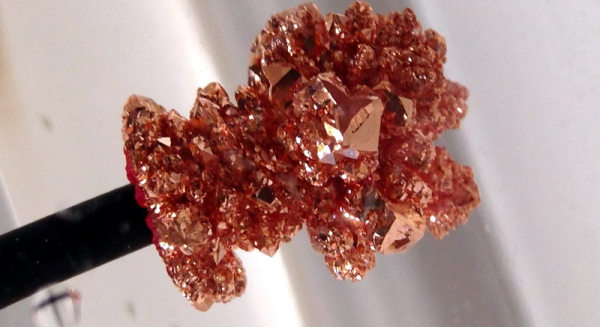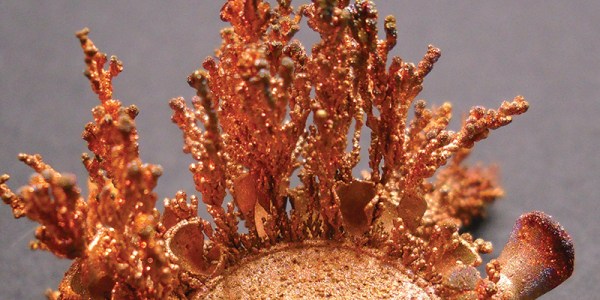Let’s face it. Printing in plastic is old hat. It is fun. It is useful. But it isn’t really all that exotic anymore. The real dream is to print using metal. There are printers that handle metal in different ways, but they aren’t usually practical for the conventional hacker. Even a “cheap” metal printer costs over $100,000. But there are ways you can almost get there with a pretty garden-variety printer.
There’s no shortage of people mixing things into PLA filament. If you have a metal hot end and don’t mind wearing out nozzles, you can get PLA filament with various percentages of metal powder in it. You can get filament that is 50% to 85% metal and produce things that almost seem like they are made from metals.
[Beau Jackson] recently had a chance to experiment with a metal-bearing filament that has a unique twist. Virtual Foundry’s Filamet has about 10% PLA. The remaining material is copper. Not only do you have to print the material hot, but you have to print it slow (it is much denser than standard PLA). If it were just nearly 90% metal, that would be impressive, but nothing too exciting. The real interesting part is what you can do after the print is complete. (If you don’t want to read, you can always skip to the videos, below.)


